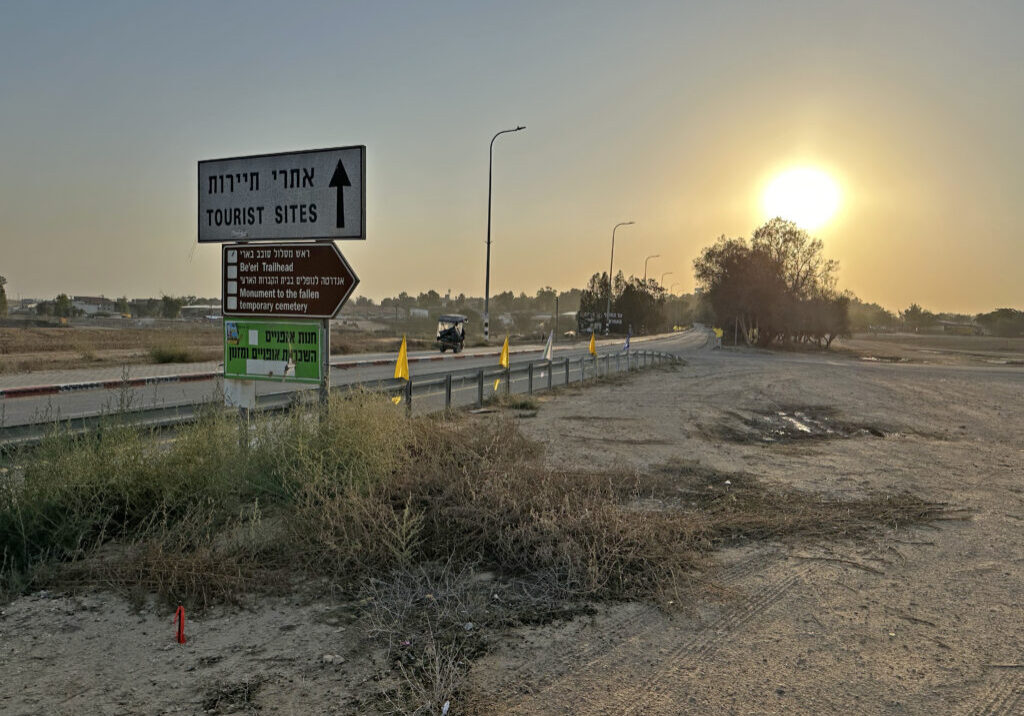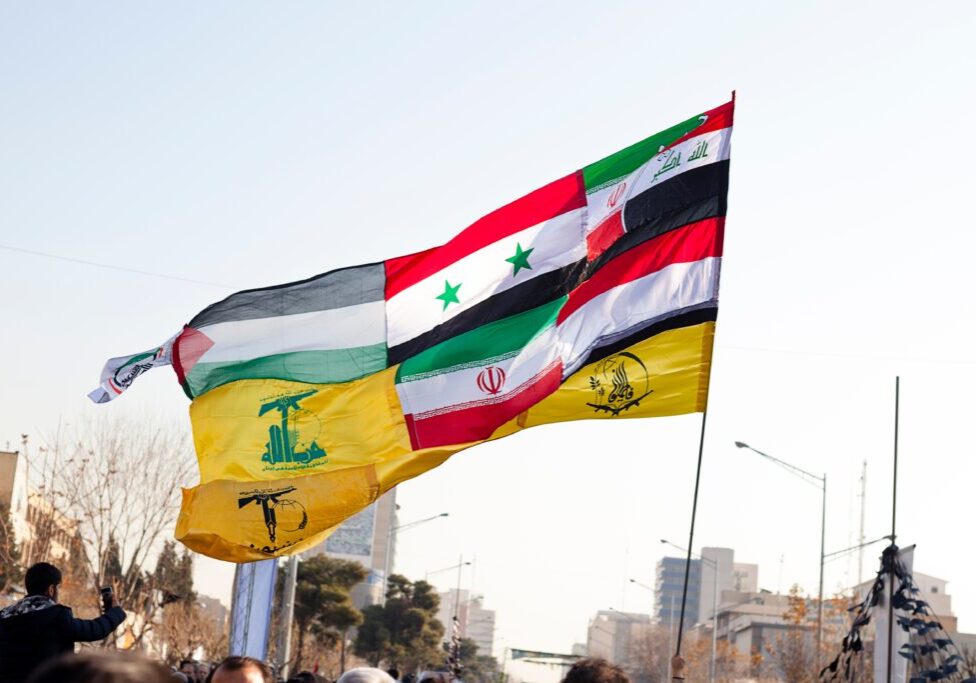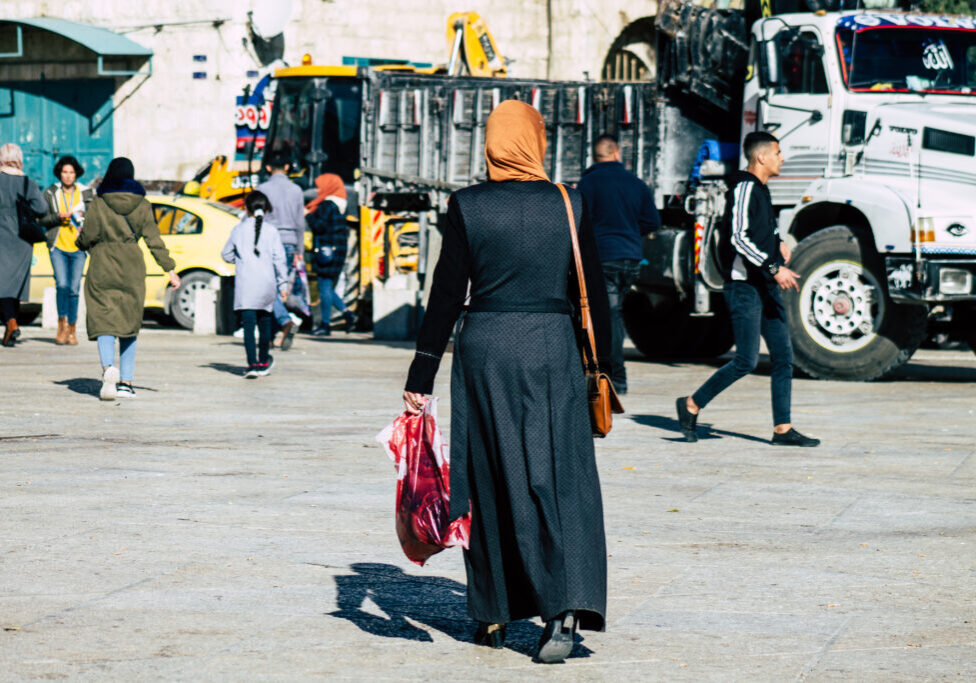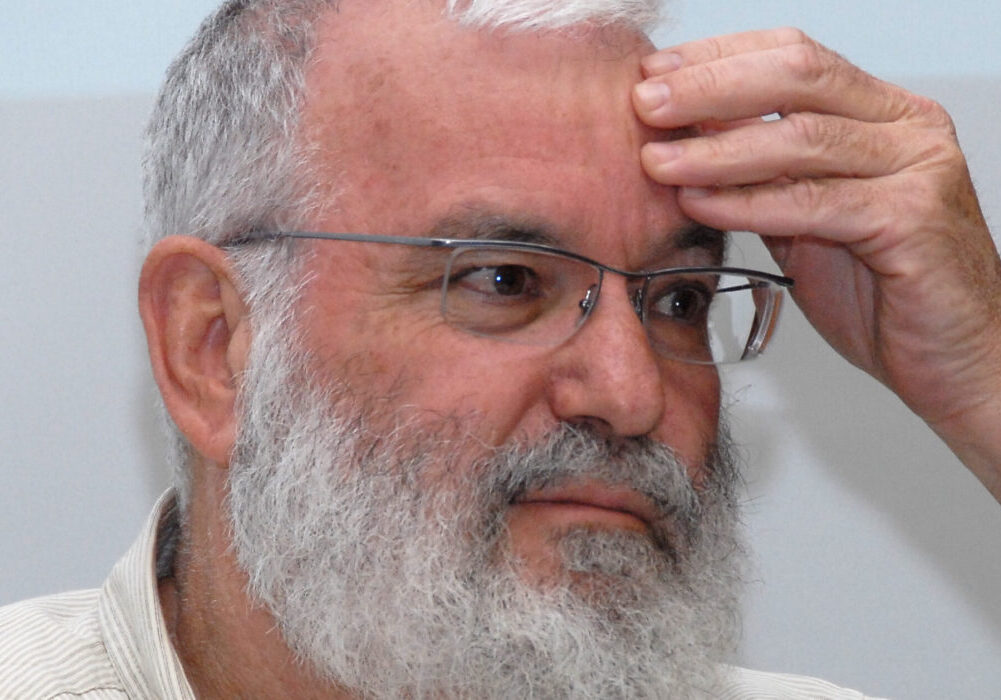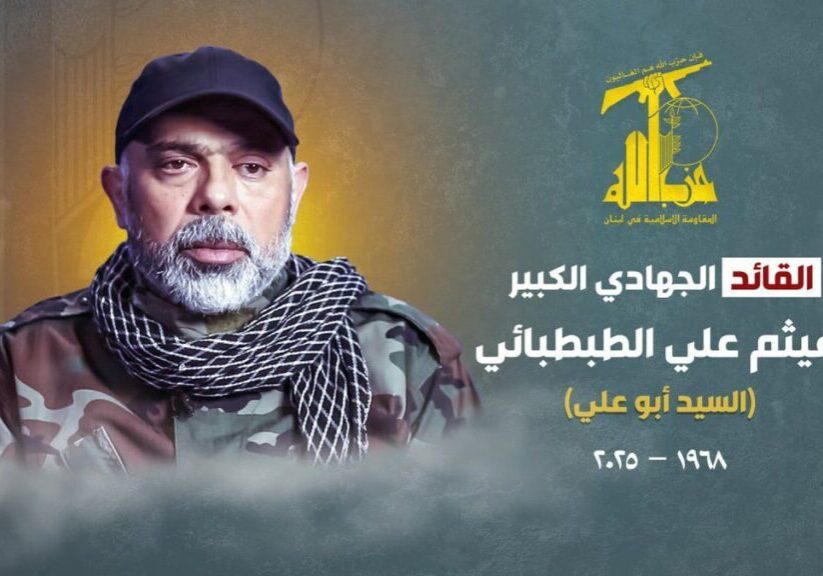Australia/Israel Review
Of famine, facts and fraud
Sep 19, 2025 | Alana Schetzer
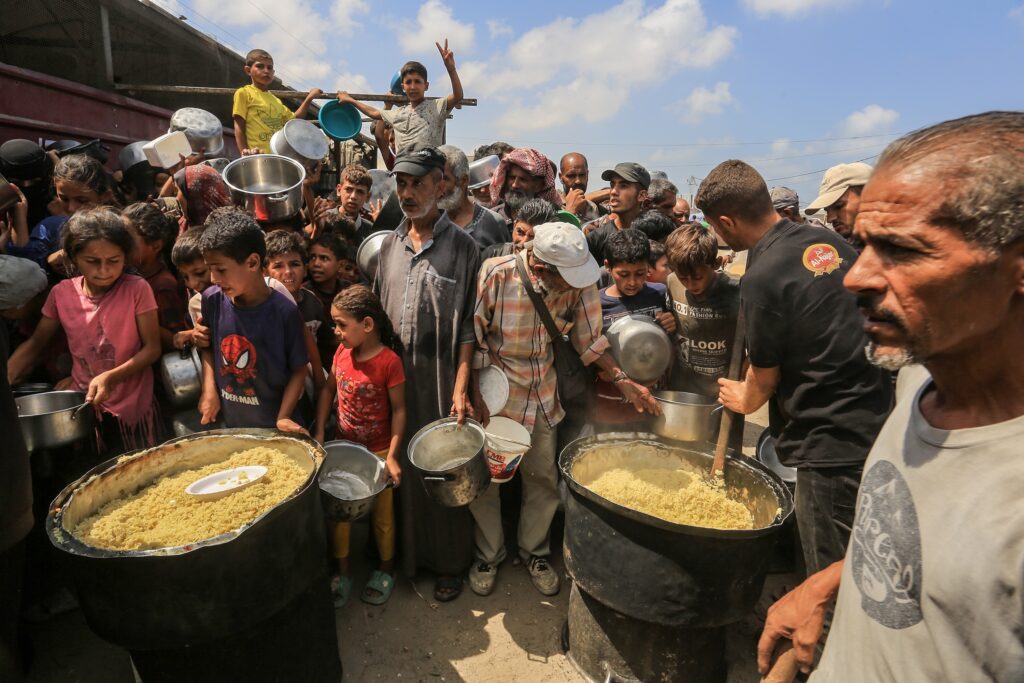
Looking at the data from the IPC
War is about many things – violence, death and destruction.
But war is also about methodology, statistics and data analysis.
Just look at the latest United Nations-backed Integrated Food Security Phase Classification (IPC) report on Gaza, released in late August, which formally declared that parts of Gaza were officially in famine and these areas were projected to expand.
There is no doubt that civilians in Gaza have suffered greatly in the war between terrorist organisation Hamas and the State of Israel. However, declaring a famine is an exceptionally significant and consequential step to make, one that has only been made officially four times this century – Somalia in 2011, South Sudan in 2017 and 2020 and Sudan in 2024.
And this brings us to methodology, statistics and data analysis. Because looking closely into the IPC’s report, there are multiple problems – many of which appear deliberate – that allowed the IPC to declare a famine for reasons other than those based on solid facts and data.
What is the IPC?
The IPC is a coalition of more than 20 organisations. It is a leading tool used to track and classify food security across more than 30 countries. It uses a five-phase classification system:
- None/Minimal
- Stressed
- Crisis
- Emergency
- Catastrophe/Famine
For a famine to be declared, three criteria must be met:
- A very high rate of child malnutrition, with children who are dangerously thin;
- The collapse of household food access; and
- A daily mortality rate of two adults or four children per 10,000 people, due to starvation.
The IPC uses a standardised system for each classification across all countries.
However, for its July and August reports on Gaza, the IPC made two substantial changes which meant it was easier to reach the classification of famine in one part of the Strip.
MUAC
Under the IPC’s standardised rules, it measures children’s height and weight (known as a weight-for-height Z-score, or WHZ) to test for malnutrition. This is a well-established metric. To reach the most serious category, famine, 30% of children must record a WHZ score of less than -2.
The IPC’s handbook allows practitioners to swap using WHZ with measuring children’s mid-upper arm circumference (MUAC), but the IPC very rarely uses this metric because it is less accurate and requires additional evidence. It also increases the risk of false positives compared to WHZ.
The IPC states in its technical manual that a MUAC measurement of less than 125mm is a sign of acute malnutrition. However, MUAC does not take into account the child’s age, so if a disproportionate number of younger children are screened, this will inflate the results. And this is what happened in the Gaza data. The malnutrition screening data revealed that a disproportionate number of younger children were screened, and being younger and smaller, they naturally have a smaller MUAC regardless of their nutritional status.
Several studies have cast doubt on the viability of MUAC screenings, with a 2023 study on the effectiveness of MUAC to assess nutrition status stating that it was only a “potentially credible alternative method.” A 2018 study found that:
Predicting prevalence of wasting by WHZ in contexts where only wasting by MUAC is known, the high correlation of wasting by WHZ and the difference in wasting prevalence has limited practical utility; wasting by MUAC has very little predictive power …
The same study recommended against using MUAC as a substitute for WHZ.
It is important to note that this is not the first time the IPC has changed its methodology for its reports. However, it is a very rare occurrence and can only “be used if approved by the IPC Quality Review Team as well as the as the [Global Emergency Review Committee]”. There have been at least two other instances, for South Sudan in 2020 and Sudan in 2024, when MUAC was used for malnutritional screenings.
However, there was a significant reason why this was done for Sudan and South Sudan, which is not applicable in Gaza.
In Sudan and South Sudan, WHZ found about twice as many children suffering from wasting as MUAC, which meant MUAC on its own made the situation look less severe.
In the two Sudan situations, experts recommended the use of a lower threshold of 15% – later also employed in Gaza.
The IPC stated that the WHZ-to-MUAC ratio for Gaza was 1.9, which places it in a similar position as Sudan in 2024. However, the ratio the IPC used for Gaza is actually for the entire Middle East region. The score was calculated from only nine samples taken collectively from Iraq, Jordan, and Yemen. There is no WHZ-to-MUAC ratio for Gaza.
Not only that, but, as stated in the IPC’s technical manual, it admits there is zero scientific basis for ever using the 15% threshold, and even put a call out to experts across the world to create a scientifically precise system.
IPC’s link with UNRWA
There are further problems with the IPC report.
The IPC used three organisations to source data on Gaza – Ard El Insan (the people’s land) Palestinian Benevolent Association (AEI), the Eastern Mediterranean Public Health Network (EMPHNET), and United Nations Relief and Works Agency for Palestine Refugees in the Near East (UNRWA).
UNRWA has been directly linked to Hamas for years; an independent investigation found that at least 12% of UNRWA employees (1,462 people) are members of Hamas or other designated terrorist organisations.
It is widely documented that Hamas used UNRWA facilities as weapons storage facilities, and bases to attack IDF soldiers from, amongst many other practices that compromised its neutrality obligations.
Given these long and deeply disturbing links, the choice of UNRWA to screen children and collect data should not have occurred.
And it was UNRWA that over-surveyed younger children in MUAC malnutrition screenings, as seen in the data, which contributed to skewing the results. There was also a disproportionate number of children who were screened in hospitals and medical clinics which, given that the children were already patients at these facilities for various medical reasons, further distorted the results.
The data doesn’t match the conclusion
The authors also ignored critical data provided by the Israeli authority, the Coordination of Government Activities in the Territories (COGAT), about the dramatically decreased price of flour, and market availability of certain foods, among other important changes.
Standard IPC protocols for the declaration of famine include a global acute malnutrition (GAM) rate of 30%, using the WHZ measurements. In its July declaration that it would use MUAC in Gaza, the IPC said that would use a threshold of 15% GAM.
Notes made available after the report was released show that the data sample for July was 15,749 children and their unweighted and weighted global acute malnutrition (GAM) rates were 13.5% and 12.2%, respectively. Both of these results are well under the 15% imposed threshold, let alone the standard 30% threshold. But the IPC only included the data for half of this, about 7,500 children, which yielded an average result of about 16%. This indicates that it selectively used data in order to find that parts of Gaza that could be defined as under famine.
Death rates
The IPC ignored another key part of its protocol for declaring famine. According to the IPC, famine can only be declared when the population suffering famine is recording two adult deaths or four child deaths per day due to starvation or related disease. For this criteria to be met for the area in which the IPC declared famine, which has a population of about 500,000, would mean 180 people dying every day from starvation or related disease. However, according to the Hamas-run Gaza Ministry of Health, there had been about six deaths per day from across the whole strip – those isolated to Gaza City would be much less, even on Hamas’ figures. The IPC claimed that there could have been more unreported deaths but didn’t elaborate on why it believed the death rate could be 30 times higher than that claimed by Hamas itself.
Bias by key report authors
Beyond serious problems with the data itself is the fact that one of the report’s key authors, Andrew Seal, Associate Professor in International Nutrition at University College London, has a long history of posting anti-Israel and pro-Iranian regime comments on social media. On his X account, Seal has even supported the Iran-backed terrorist group, the Houthis – who have stolen humanitarian aid, tortured civilians, recruited child soldiers, held UN personnel hostage, and routinely committed forced disappearances and extrajudicial killings. Seal also justifies Houthi attacks on dozens of commercial ships in the Red Sea, which have killed several people, increased the cost of living and caused significant environmental damage.
He posted on January 12, 2024, “The Houthi Gov position is that it is acting legally to prevent #genocide in Gaza, as is required under the Genocide Convention.”
Seal has also claimed that it was a poor argument for Hamas to be forced from power in Gaza just because it commits “war crimes” and he reposts Iran state propaganda.
A second report author, Zeina Jamaluddine – Assistant Professor in the Faculty of Epidemiology and Population Health at the London School of Hygiene & Tropical Medicine – also appears to have a clear anti-Israel bias. She co-authored a study published in the Lancet that claimed the Gaza death toll might have been under-reported by 41%.
The study relied on unverified Hamas-supplied data. Some academics said of the report: “Math is intentionally confusing to cover the partiality of the authors.”
Interviewed following the release of the IPC report, UNICEF Executive Director Catherine Russell defended IPC staff, saying that they are “technical people. They’re not political people.”
She then belittled anyone asking questions about the report’s methodology.
“… It’s kind of obscene that we are having these conversations arguing about whether the methodology works or not…children are dying… I am tired of a discussion about, well, are we giving the right information or not?”
Where the ‘famine’ was declared in Gaza
It’s vital to note where exactly the IPC declared famine – Gaza City, which remains under Hamas control and where humanitarian aid is coordinated by the UN or humanitarian groups.
Data from the UN Office for Project Services revealed that, between May 18 and Sept. 8, 85% of trucks carrying humanitarian aid had been intercepted (the page in the link updates daily).
Despite this, the UN continues to deny that Hamas is stealing aid. In a late July interview, Tom Fletcher, the UN’s Under-Secretary-General for Humanitarian Affairs and Emergency Relief Coordinator, declared that, “the vast, vast majority of the aid that we get in gets to civilians.”
The UN’s own data says the exact opposite.
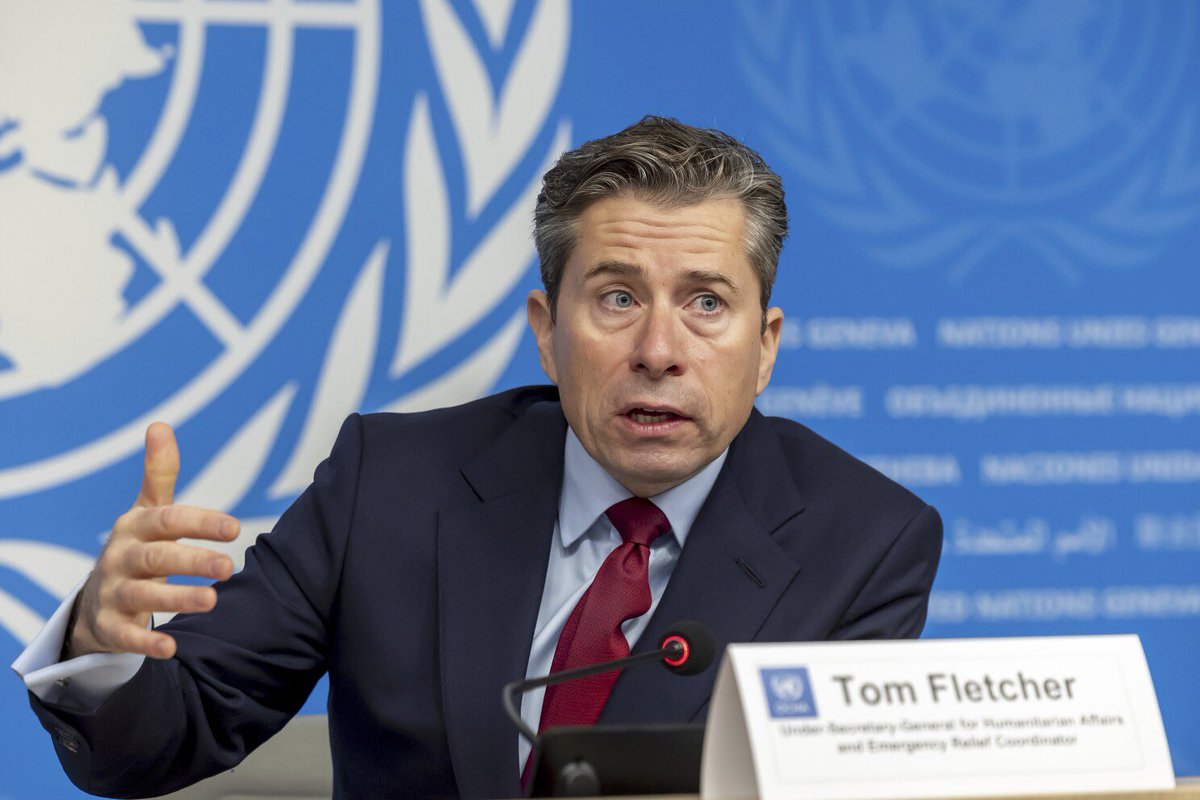
Tom Fletcher, the UN’s Under-Secretary-General for Humanitarian Affairs and Emergency Relief Coordinator, has repeatedly made highly alarmist statements unsupported even by the UN’s own data (Image: X/ Open Source Intel)
This was not the first time Fletcher made a false statement about the humanitarian situation in Gaza; in May, he was exposed for lying about the forecast from another IPC report when he baldly claimed, “There are 14,000 babies that will die in the next 48 hours unless we can reach them. I want to save as many as these 14,000 babies as we can in the next 48 hours.”
Fletcher’s dire warning was repeated across the world, eliciting horror from the public, governments and human rights groups. Fletcher had lied. The report had actually forecast that 14,100 severe cases of acute malnutrition were expected to occur between April 2025 and March 2026 among children aged between six months and five years.
The IPC’s longer report on Gaza, which includes conclusions and recommendations, makes only one brief mention that some aid has been “intercepted” – AKA, stolen.
Interestingly, the IPC does not claim there is famine in the areas of Gaza under Israeli control, where considerable aid is being distributed by the controversial Gaza Humanitarian Foundation – which rarely has its aid trucks intercepted.
Moving the goal posts
There is a long history of UN agencies, NGOs and international tribunals, to name just a few, overturning long-held practices to favour the Palestinian national cause and more easily condemn Israel.
In December 2024, Amnesty International expanded the definition of ‘genocide’ in order to accuse Israel of committing that crime in Gaza.
At the same time, Irish Foreign Minister Micheal Martin, also wanting to change the definition of ‘genocide’, said he would ask the International Court of Justice to “broaden its interpretation of what constitutes the commission of genocide by a State.”
This is on top of the fact that the UN, humanitarian groups, governments and countless media outlets have relied, and continue to rely, solely on data and claims provided by terrorist group Hamas, including its death toll, which does not distinguish between combatants and civilians and has also been plagued by controversial methodologies. Hamas’ death toll and various claims are also not in any way verified by the UN, despite this assertion being repeated in the media.
A thorough and independent review of the IPC’s report, including the methodology used and why it ignored so many of its own rules, is urgently needed. The issue is far too important for the UN to claim that asking questions about the data and methodology is somehow “obscene”, as UNICEF Executive Director Catherine Russell did.
The Israeli Government has written to the IPC requesting that it retract its Gaza report and that it conduct an urgent review of it. Ministry of Foreign Affairs Director-General Eden Bar Tal said the report is “deeply flawed, unprofessional and gravely missing the standards expected from an international body entrusted with such a serious responsibility.”
There is no doubt that people in Gaza are going hungry and a lot more needs to be done, but there is a significant difference between that and a famine, and this is what is at the core of the IPC’s report.
The IPC report, its methodology, and various other issues – including the decision to partner with UNRWA to collect data – make it appear that it was designed to come to a pre-determined conclusion. The questions are why and by whom?

